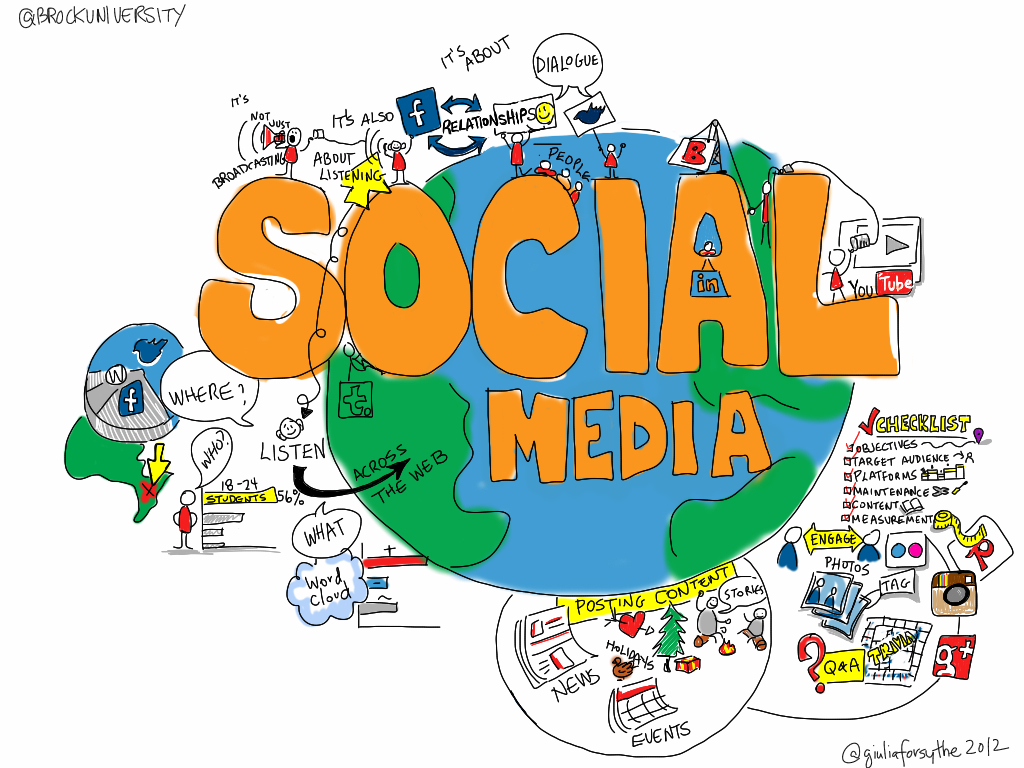There has never been a more important time to remember the phrase: “Don’t believe everything you read.”
In this article, we look at how there is too much information in our society for people to digest. As well as the positives and negatives of having so much information at our fingertips, we also look at the damning effect misinformation, disinformation and misinterpretation can have on people and organisations, and briefly look at perception and cognitive dissonance.
In an age dominated by clickbait and the relentless pace of social media, misinformation, disinformation and misinterpretation are more prevalent than ever. While some posts and publications are factually accurate, many are not, and there are several reasons for this. Mainstream media outlets often rush to publish news faster than their competitors, sometimes sacrificing accuracy for speed, adding phrases like “it is alleged” or “it is expected” is sometimes seen as sufficient to avoid accountability, but in reality, media organisations must adhere to ethical codes, codes that seem increasingly ok to be overlooked in the race for attention.
However, it is not just mainstream media and small publications that do this. The general public contributes widely to the spread, whether intentionally or not, by sharing posts and controversially posting reactions rather than responses.
Everyone has a right to their opinion, but we never truly know just how far and wide our posts, reactions and reshares are going.
Headlines are often crafted to grab attention, relying on the fact that many people only read the headline or a snippet rather than the full article. The human attention span is shrinking, leading to shorter, more sensationalised posts designed to maximise engagement rather than inform. Quoting other publications does not absolve one of responsibility, either. At Love Your Hippo, we ensure our posts come from credible sources, and this is crucial because on platforms like Twitter (or X), videos and stories are shared as factual content, often without any form of verification. Few people take the time to confirm the authenticity of these sources.
The impact of misinformation and disinformation can be as damaging as physical abuse. Words and posts can have a wide-reaching influence, shaping opinions, fuelling division, and sometimes inciting real-world harm. It is essential to recognise the power of our words online and the responsibility that comes with sharing information.
As a fact-finder by nature, and by profession, I find it frustrating when information is misinterpreted—sometimes accidentally, sometimes deliberately.
Misinformation is the inadvertent spread of false information and this differs from disinformation, which is deliberate and intended to mislead. Both are major challenges in today’s fast-moving information landscape.
With the rise of infinite scrolling, people spend only a few seconds on a page, rarely reading beyond headlines or comments. This environment allows misleading or incomplete information to spread quickly, and the psychological effects are significant.
Disinformation, on the other hand, is the intention spread of false information to deceive. The term itself originated with Soviet planners in the 1950s and is now widely used, especially in political contexts.
The line between misinformation and disinformation is often blurred and sensational headlines may include caveats, but the damage is done once false or misleading information is widely shared, and the consequences can be profound. For example, damaged reputations, increased division, and even legal ramifications can result from the spread of misinformation.
Major events like Brexit and the COVID-19 pandemic have divided societies, with people often unwilling to consider alternative viewpoints.
The term “misinformation effect” is different and falls more into the realms of psychology. It distorts our memories after exposure to misleading information, and as our memories are not camera recordings, this sometimes leads to false recollections. The book The Brain by New Scientist, gives a good explanation about our memories not being perfect and they can be reconstructed and subject to influence.
Cognitive dissonance is the discomfort experienced when holding contradictory beliefs and often unconsciously contributes to entrenched positions and online arguments. The person experiencing this often feels mental discomfort or stress through holding two or more contradictory beliefs, attitudes, or behaviours, or when their actions conflict with their beliefs.
Perception is shaped by our senses and experiences. It also affects how we interpret information. Cognitive biases can lead us to accept information that aligns with our beliefs, even if it’s unverified.
Ultimately, the responsibility lies with all of us to critically assess the information we consume and share. It’s important to recognise the influence of our words and to strive for accuracy, empathy, and understanding in an era where misinformation and division are widespread.
For further reading and resources, please visit the pages on this website, where you’ll find recommended articles, research, and more information related to this topic.
Article and podcast sources:
Science under threat: the politics of institutionalised disinformation, The Royal Society
Misinformation and disinformation, Britannica
The Brain: Everything You Need to Know Paperback, by New Scientist
Other links: Love your hippo / DragonKind Novelties
Intro music: moodmode on Pixabay
Image source: @brockuniversity Social Media, Wikimedia Commons
Image author: Giulia Forsythe


